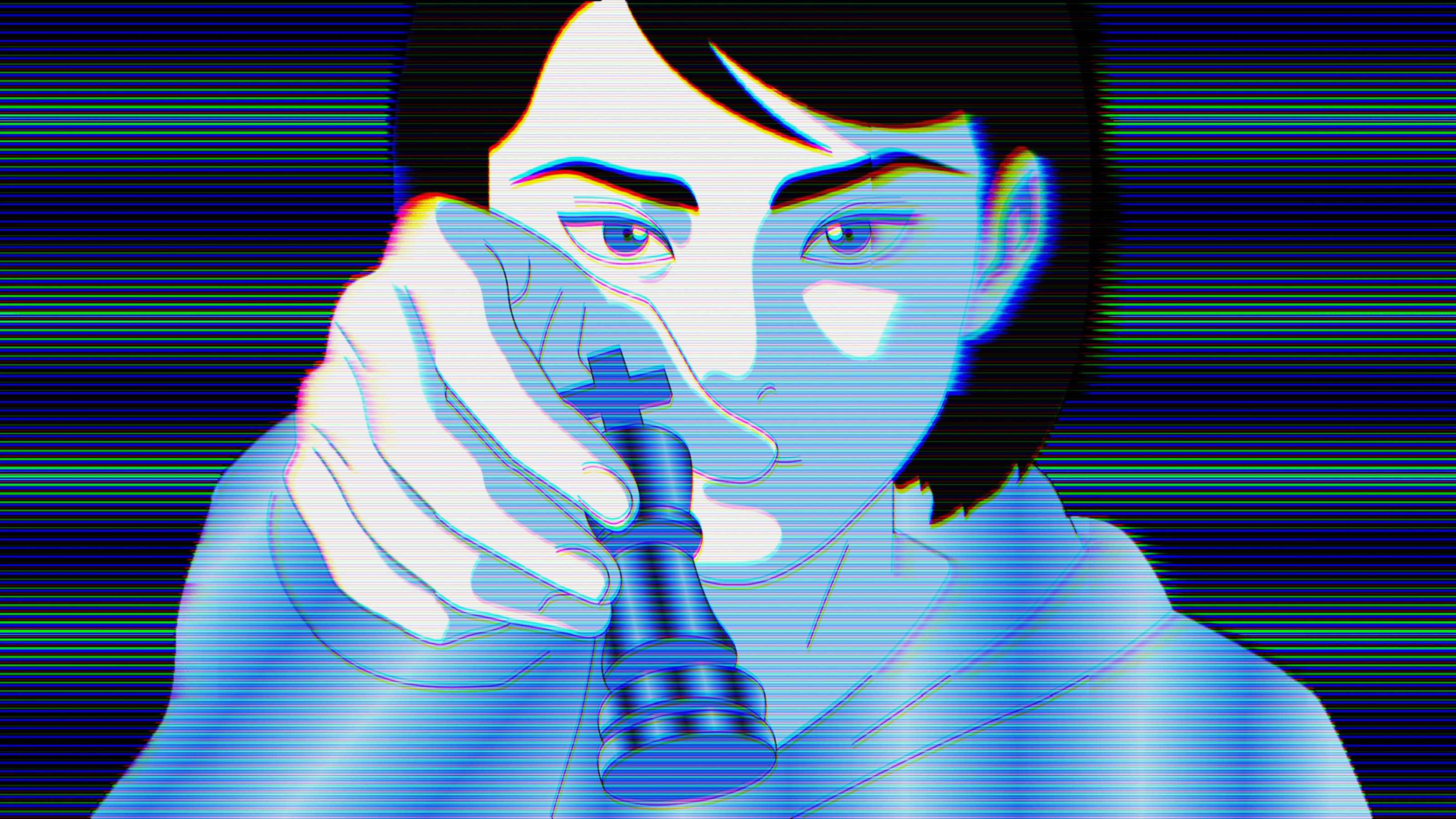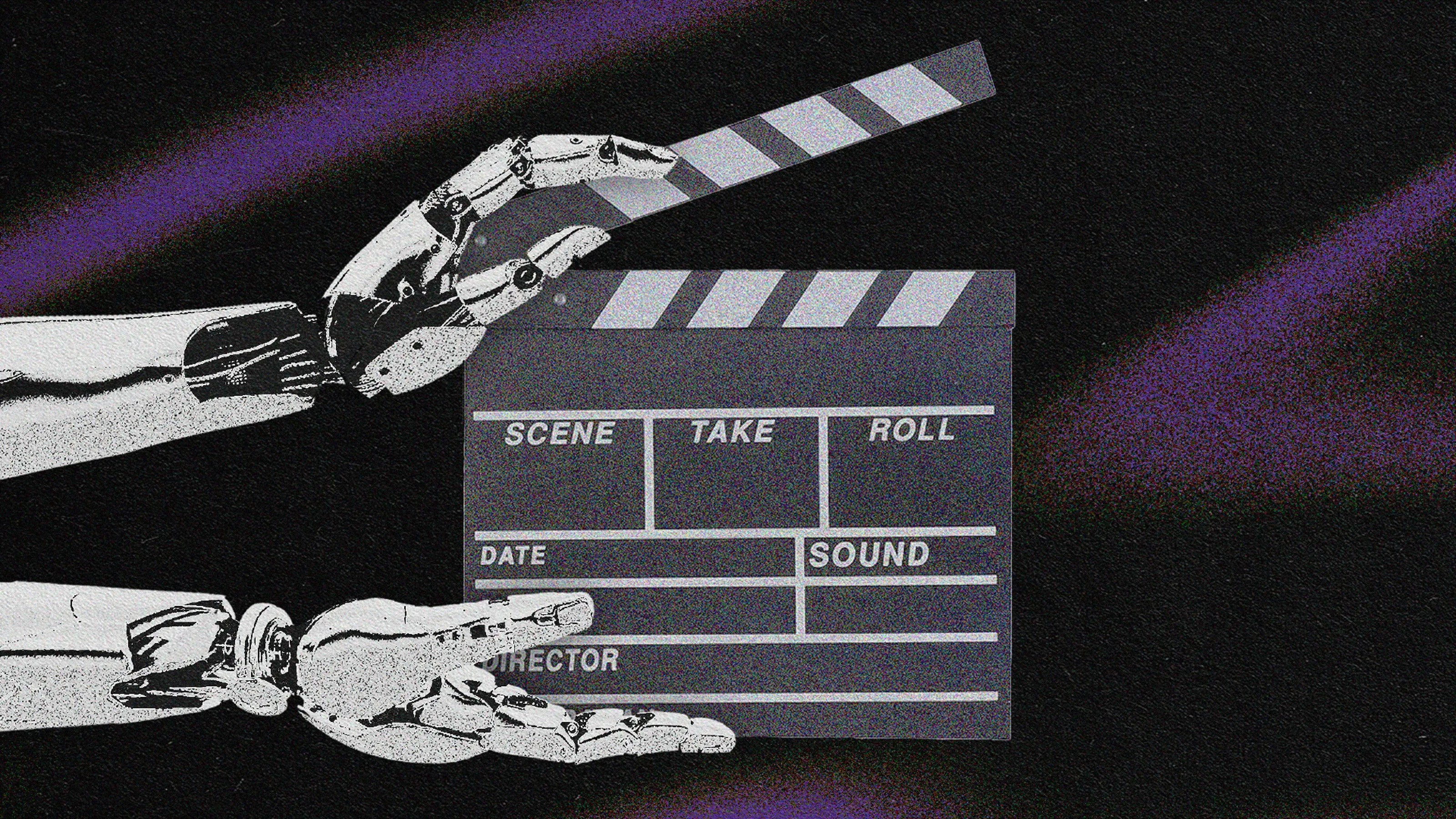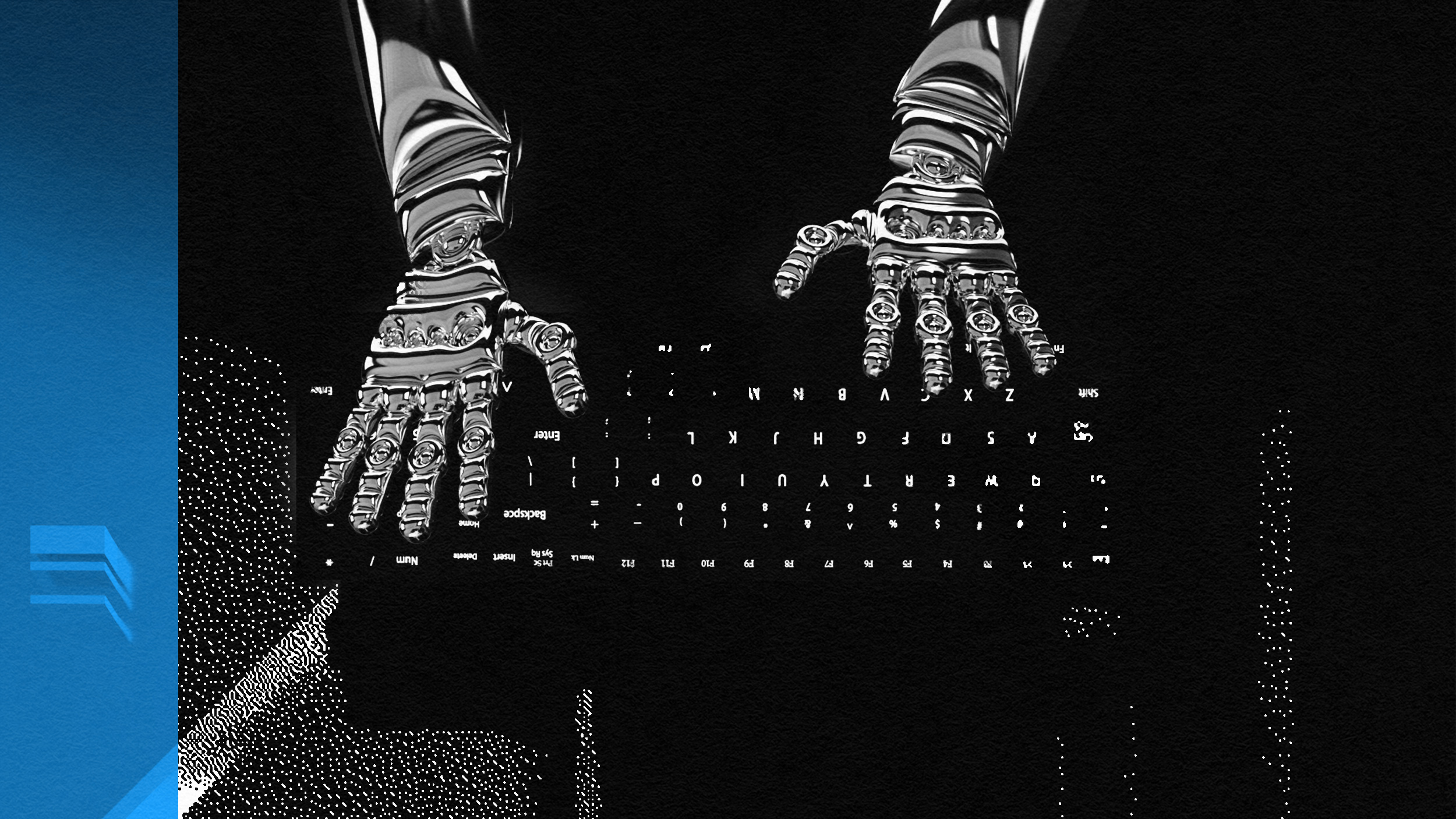Will coding become a basic life skill? Yes and no, say experts

Shutterstock
- Coding is increasingly being taught in high schools, and it’s become a desirable skill even outside of the tech industry.
- Experts argue that coding is becoming the new literacy; a skill so fundamental that everyone should possess it to some degree.
- However, the nature of coding in the future is likely to be wildly different than it is today.
It’s one of the most sought-after skills out there, and for good reason. Learning to program is difficult, despite what advocates of the “Learn to Code” movement may say. Human minds are a confluence of assumptions, biases, and irrational fantasies, and forcing these fickle things to speak in the rigorous language of computer programming takes work. Programming is difficult, but it’s also extremely valuable and — increasingly — necessary.
Many believe that just as basic computer skills went from the realm of specialists to a life skill everyone possesses, so too will programming become ubiquitous. Learning to code might become as commonplace as learning to read. Will this really be the case? And if so, what will the programmers of the future look like?
Teaching students to code
In 2016, Gallup and Google partnered together to quantify exactly how prevalent programming classes were in K–12 education. They found that 40 percent of all schools offered at least one coding class, but the truly illuminating indicator was that just a year before, this number was 25 percent. One can only imagine how quickly coding has grown in the years since the 2016 report.
Apple CEO Tim Cook underscored the importance of learning to code during a conversation he had with President Trump at the White House Policy Advisory Board in March of 2019: “We believe strongly that it should be a requirement in the United States for every kid to have coding before they graduate from K–12 and become somewhat proficient at it.” The city of Chicago appears to have listened to Cook. Chicago recently made having at least one credit of computer science a high school graduation requirement. Other municipalities and states are likely to follow suit.
There’s a very clear trend here. Coding is becoming an increasingly core part of a modern education. It seems to check all the boxes: not only does it train children to think logically and rigorously, its also a skill that will help secure them a lucrative job in the future. Coding is clearly being adopted at a high rate, but how far will this adoption spread?
Will knowing how to code be as common as knowing how to read?
English professor Annette Vee certainly thinks so. In her book, Coding Literacy: How Computer Programming is Changing Writing, Vee compares the role of programming in society with the role that literacy has had historically. Vee notes that in the Middle Ages, “Writing was a specialized skill and people became defined by their writing.” As time went on, however, literacy became increasingly common and increasingly necessary. “If you couldn’t read, you were left out.” Vee argues that the computationally illiterate will increasingly have to rely on others to navigate daily life in a way that will seriously hamper their prospects. “If you don’t know how to program, you can carry on with a perfectly fine life. But this is going to change soon.”
“Programming is too important to be left just to computer science departments,” said Vee. “It can be taught effectively outside of computer science. If we assume that those who learn to write need to be English majors, we would be in trouble.” This observation is also being reflected in the workplace. The tech industry isn’t the only place where coding skills are valuable. Programming is an increasingly desired skill in the healthcare and finance industries, among others.
The impact of low-code platforms and machine learning
While the breadth of programming skills may increase in the future, its depth is likely to decrease. More people will become fluent programmers, but the share of expert programmers probably won’t increase to the same degree. That number might even shrink as they become less necessary and as programming tools become more advanced and powerful.
Part of this is due to the rise of low-code platforms. As defined by Forrester Research, low-code platforms “enable rapid delivery of business applications with a minimum of hand-coding and minimal upfront investment in setup, training, and deployment.” These are platforms such as Salesforce or AgilePoint that simplify specific technical challenges (such as Salesforce with customer relations) or act as a generic tool for quickly building applications (as is the case with AgilePoint).
Low-code platforms will make it easier for non-experts to contribute to software development in the near future, but they represent part of a larger trend, too. Automation and machine learning are quickly transforming the nature of work, and software development is no exception. An automated future might mean that nobody will really need to know how to program anymore. Google AI researcher Pete Warden believes this change will come quickly. “There will be a long ramp-up as knowledge diffuses through the developer community,” wrote Warden in a 2017 blog post, “but in ten years I predict most software jobs won’t involve programming.”
In order for a machine-learning algorithm to work correctly, it needs access to the right kind of data. An algorithm that automatically identifies people’s faces from photographs, for instance, needs to be trained on a dataset where people’s faces are tagged, so it can know what to look for. Warden thinks that tasks like this will become the software developer’s primary job in the future: “Instead of writing and maintaining intricate, layered tangles of logic, the developer has to become a teacher, a curator of training data and an analyst of results.”
Investor and entrepreneur Mark Cuban also believes that this will be the case. He predicts that for this very reason, people who are experts in fields outside of computer science will become indispensable to software development. “Because it’s just math and so, whatever we’re defining the AI to do, someone’s got to know the topic,” he said on an episode of Recode Decode. “If you’re doing an AI to emulate Shakespeare, somebody better know Shakespeare […] The coding major who graduates this year probably has better short-term opportunity than the liberal arts major that’s a Shakespeare expert, but long term, it’s like people who learned COBOL or Fortran and thought that was the future and they were going to be covered forever.”
Altogether, it looks as though coding will indeed become a basic life skill similar to literacy, but the nature of coding and computer science is also going to change in significant and unpredictable ways. As the need for expertise diminishes due to machine learning, everyone will likely become a novice programmer, familiar with coding just to the extent that it is relevant for their job. Everyone can read and write today, but not everyone can write a best-selling novel or a nuanced critique of Jane Austen. In the future, this relationship will likely hold true for programming as well; the masses will know enough about programming and computer science to make use of flexible, smart, and robust software tools, while a handful of experts will continue to push the field forward.





